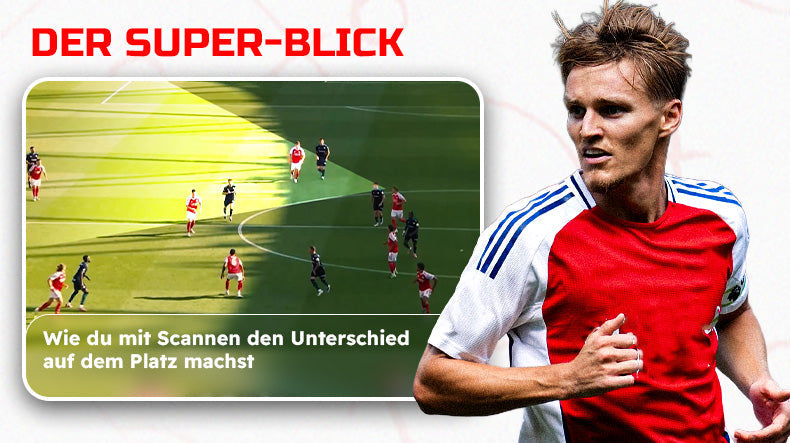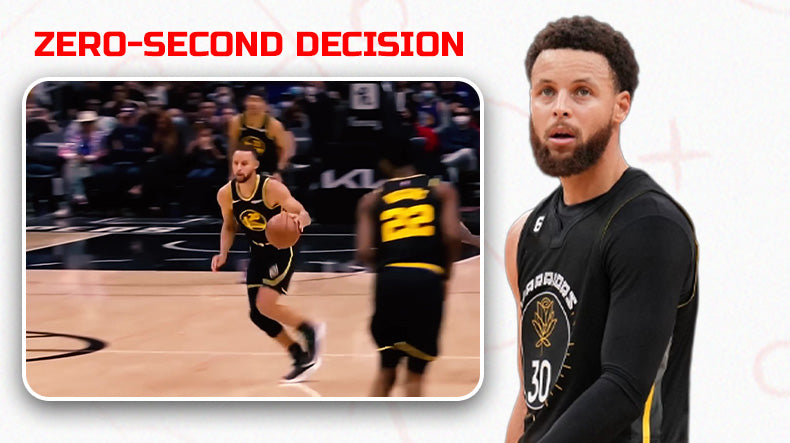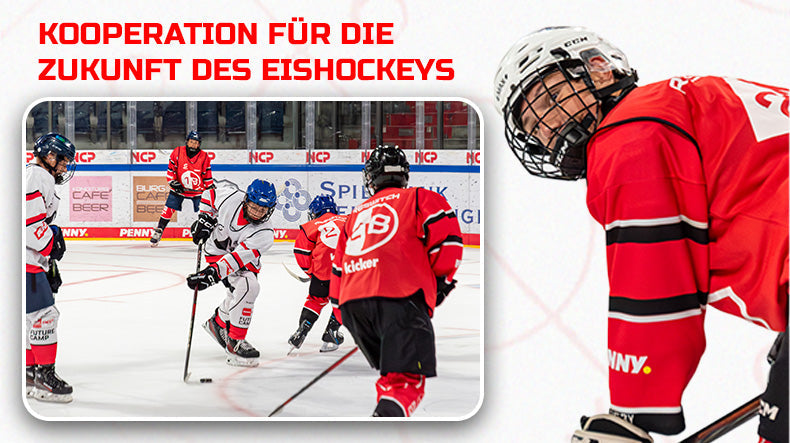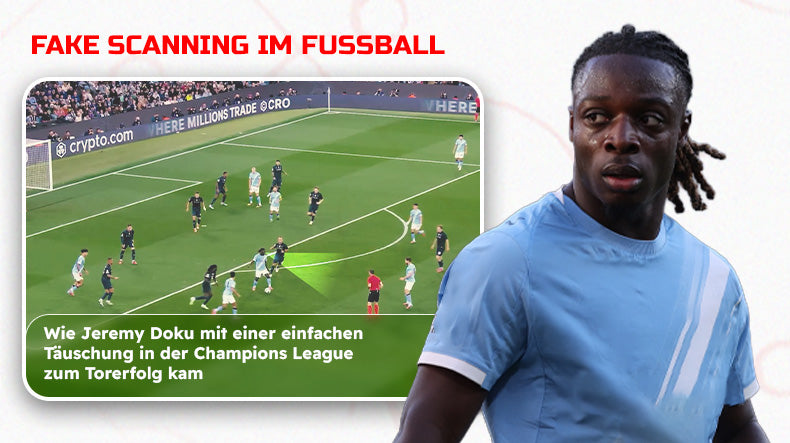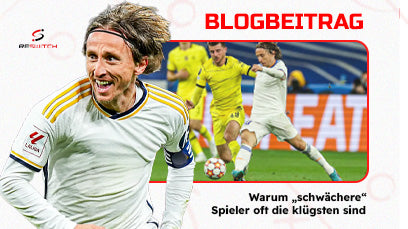Guest article: Training with FUNino
Incorporate game situations from small football games into training –
Guest article by Thomas Staack
FUNino is the football game of the future. The game format developed by Horst Wein is not new, but is as relevant as ever. Many football associations in Europe have discovered the advantages of FUNino and are considering switching to small football games on the weekends.
Some countries, such as Belgium, have already implemented it. There, the younger age groups play in a mode ranging from 2vs2 to 5vs5. The trend is clearly visible and no coach should turn a blind eye to it, especially as the positive effects are obvious. Small soccer games in small teams ensure lots of ball contact, 1vs1 situations and a sense of achievement. The intensity of the game is high. All children get the same playing time. The four goals encourage passing, shifting the game and dribbling across space, while the goal zones encourage combination play up to the goals. With FUNino, new game situations always arise which the children can solve independently within the framework of the few provocation rules. This trains speed of action, cognitive thought processes and, above all, creativity. Small soccer games suit creative dribblers, which we are desperately looking for. They can live out their technical skills freely and without pressure. But ultimately, all children benefit from small soccer games, because at the end of a FUNino match day they have all scored goals, set up goals and gained a lot of playing experience.
The football game is the driving force behind training. Our job as coaches is to isolate game situations from football and use them to create exercises and games that help our players to improve their technique, tactics and coordination, and motivate them to be creative and quick to act. The special challenge with FUNino is the four mini goals. They always give the attacker two options and make it more difficult for the defender to win the ball. Below I will show you three examples of how you can incorporate FUNino game situations into your training. You can find more exercises and games for typical FUNino situations in the free training units at DFB Training Online.
Training forms
Exercise 1 FUNino running duel

Construction
- Place two starting cones approximately 10 meters apart.
- Build a row of four cones in the middle (cone wall).
- Set up two mini goals on the sides.
- The children form rows with balls at the starting cones.
Sequence
- The children on one side run one after the other with the ball in their hands to the cone wall. They then sprint to a mini goal and throw or roll the ball into it.
- At the same time, the first child on the other side runs to the cone wall and then tries to touch the runner with the ball.
- Then change tasks.
Variations
- Competition: Who can score the most hits? Who can catch the most runners?
- Pass the ball into the goals.
Tips :
- The ball in your hand makes running more difficult and improves your ball feel.
- The runner may choose between the two goals and deceive the catcher.
- Adapt the distances to the children’s level of ability.
Exercise 2 : FUNino-2 vs 1

Construction
- Set up two mini goals next to each other and two more mini goals on each side.
- Place a starting cone about 12 meters away.
- Form rows with balls between the two mini goals (defenders) and without balls at the starting cones (attackers).
Sequence
- The defender passes to the attackers and starts into the field.
- Two attackers play 2v1 against the defender and try to score a goal in one of the two mini goals opposite.
- When the ball is won, the defender can counterattack on the mini goals on the sides.
Variations
- Competition: Which attacking team will score the most goals? Which defender will score the most counterattack goals?
- 2v2.
Tips
- Let the children practice freely. Avoid coaching as much as possible.
- The two goals encourage the children's creativity. They can decide freely whether they want to overcome the defender with a pass or in a 1v1 situation.
- The counterattack goals motivate the defender.
Exercise 3: FUNino game
Construction
- Mark a field approximately 28 x 22 meters in size with 4 mini goals and goal zones approximately 6 meters apart.
- Divide into two teams of 4 players each.
Sequence
- Play 3vs3 with 1 rotation player each.
- Substitutions are made after every goal, at the latest after 2 minutes.
- If a team is leading by 3 goals, the team behind may play in a 4v3 majority until the gap is only 1 goal.
Variations
- 3vs3 with goalkeepers on youth goals.
- 4v4.
Tips
- FUNino improves speed of action and creativity. If a mini goal is optimally defended, the players have to quickly change their thinking and attack the other goal.
- Place spare balls at the edge of the playing field.
- Play without a throw-in. Instead, dribble or pass the ball.
About the author
Thomas Staack, born in Lübeck in 1972, studied law in Freiburg. For many years, the DFB B license holder has been writing articles and training units for the specialist magazine fussballtraining junior and the popular web portals DFB Training Online
and DFB Training Live. Most recently, he published the DFB football training card index "Coordination in children's football". He has many years of experience with children's football teams in various age groups, including at VfB Lübeck, Viktoria 08 Lübeck, TuRU 1880 Düsseldorf and the ISD sports club Düsseldorf. He is currently a trainer and coordinator at SC Borussia Lindenthal-Hohenlind in Cologne. He also invents imaginative stories in the field of entertainment literature and has already published four books.
You can find more from Thomas at:
https://www.dfb.de/trainer/f-juniorin/training-online/trainingsunits/





